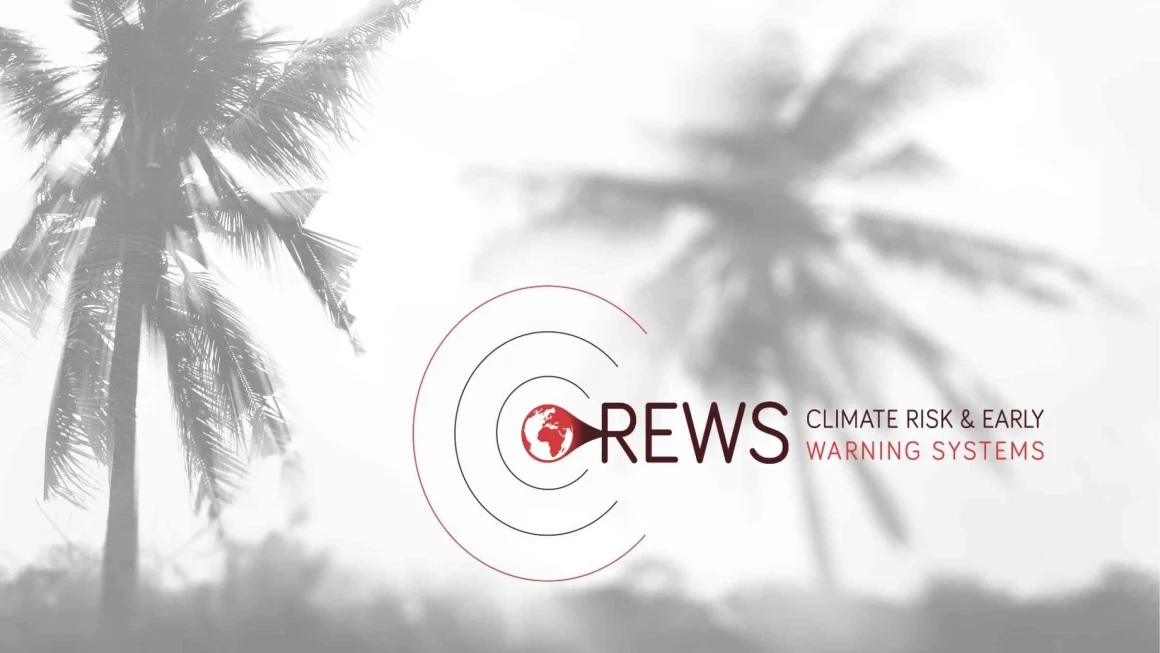The Climate Risk and Early Warnings Initiative (CREWS Initiative) has approved funding to boost progress towards providing life-saving early warning systems in vulnerable Least Developed Countries (LDCs) and Small Island Developing States (SIDS) by the end of 2027.
The 18-month Early Warnings for All Accelerator for LDCs and SIDS Project targets seven countries: Comoros, Kiribati, Madagascar, Mauritius, Nepal, Solomon Islands, and Tonga, with the primary objective of strengthening their Multi-Hazard Early Warning Systems (MHEWS). The Early Warnings for All Initiative (EW4ALL) aims to ensure universal protection from hazardous weather, water or climate events through life-saving Early Warning Systems by the end of 2027.
CREWS aims to bridge the early warning capacity gap in LDCs and SIDS with US$ 77 million in technical assistance over the coming two years to cover immediate demand.
The project will be jointly implemented by the four Early Warnings for All pillar leads: the UN Office for Disaster Risk Reduction (UNDRR), World Meteorological Organisation (WMO), International Telecommunications Union (ITU) and International Federation of Red Cross and Red Crescent Societies (IFRC). They will work alongside National Disaster Management Offices (NDMOs) and the National Meteorological and Hydrological Services (NMHHSs) in each country.
“This CREWS Board decision will accelerate positive impact by working with seven countries most at risk of climate change impacts and with our new partners ITU and IFRC in order to reach over 61 million people. A people-centred and multi-stakeholder approach to building accurate and timely multi-hazard early warning systems is core to the value of CREWS and the effectiveness of our financing,” said CREWS Chair Gerard Howe.
The project has four main expected outcomes:
- strengthen the availability, access and use of accurate, timely and disaggregated climate and risk information for MHEWS;
- enhance the accuracy and timeliness of weather and climate-related forecasts and warnings;
- improve the quality and coverage of multi-hazard early warning communication and dissemination; and
- promote early and anticipatory action for various weather and climate-related disasters and ensure preparedness to respond capabilities are in place; strengthen coordination of investments in MHEWS.

